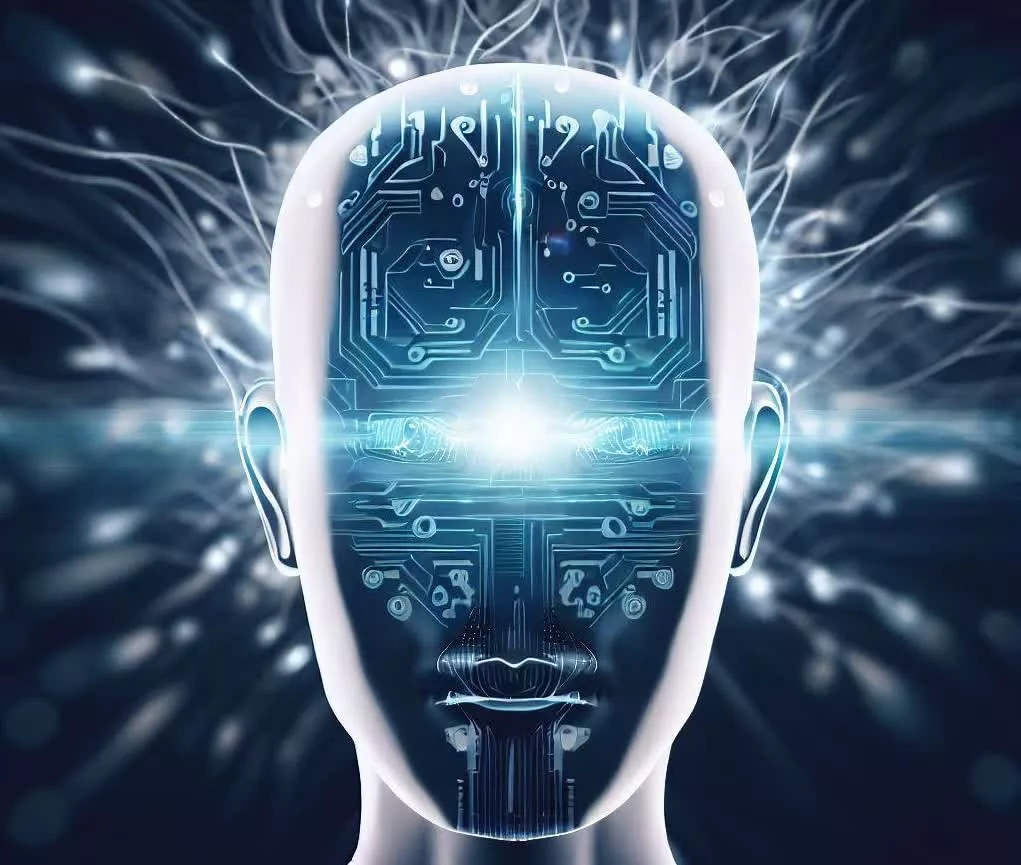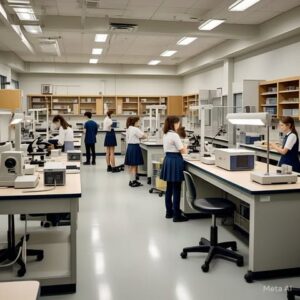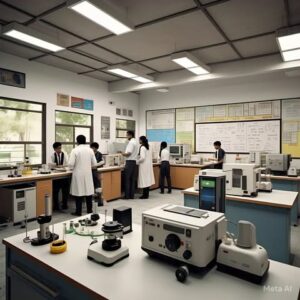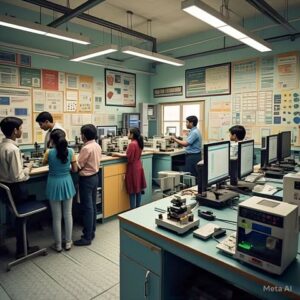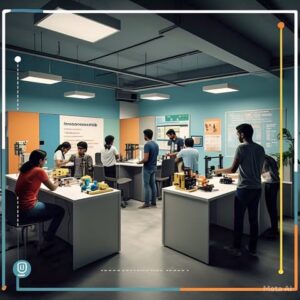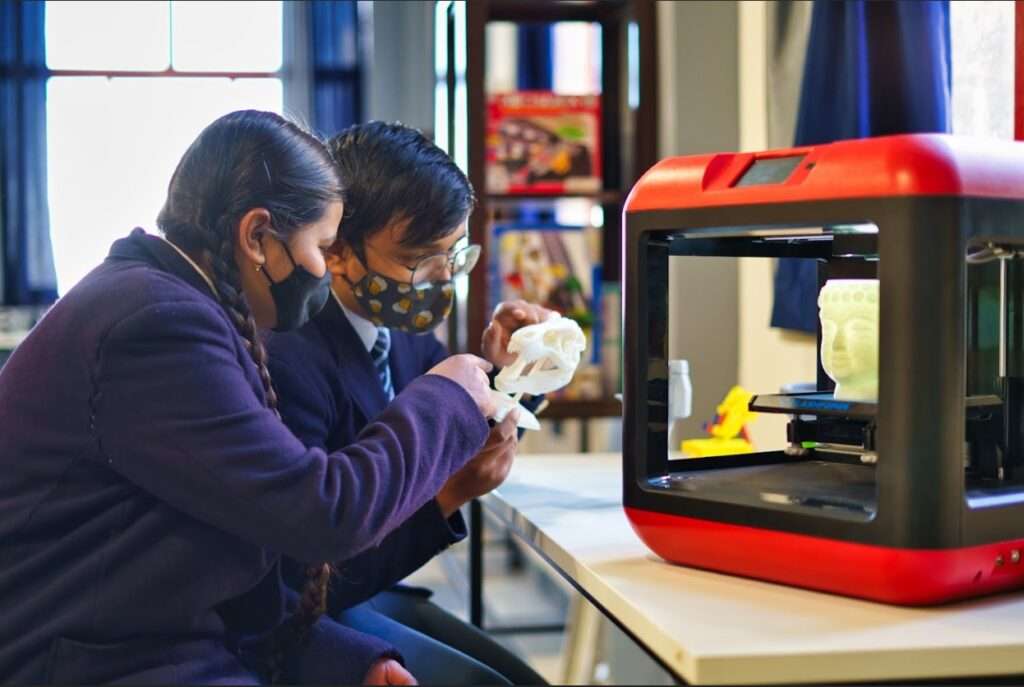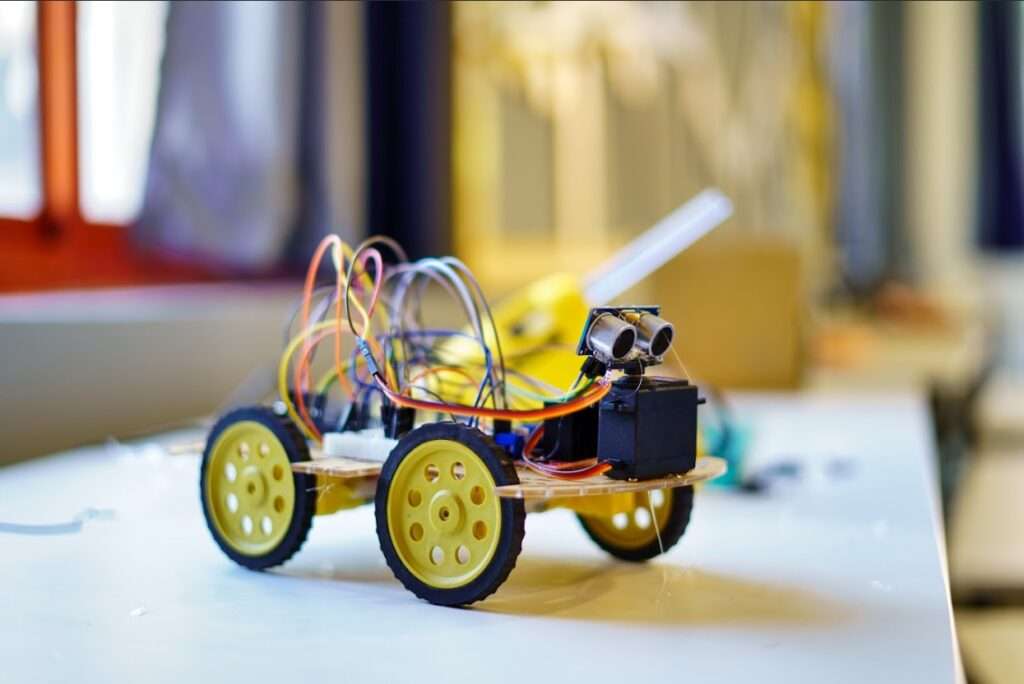Imagine a classroom where students are not passively listening to lectures but are actively engaged in their learning, with technology that can adapt to their individual needs and provide real-time feedback. This is the vision of the “classroom of the future,” and it is becoming a reality thanks to the rapid development of neurotechnology.
Neurotechnology is a broad field that encompasses the study and development of technologies that interact with the nervous system. It includes devices such as brain-computer interfaces (BCIs), which allow people to control computers with their thoughts, and neural implants, which can be used to treat neurological disorders.
In the classroom of the future, neurotechnology will be used to create more personalised and engaging learning experiences. For example, AI tutors can use BCI technology to monitor students’ brain activity and identify when they are struggling with a concept. The AI tutor can then provide targeted assistance to help the student understand the material.
Quantum computing is another emerging technology that has the potential to revolutionize education. Quantum computers are much more powerful than traditional computers, and they can be used to solve complex problems that are currently intractable. In the classroom of the future, quantum computing could be used to develop new educational simulations and models that can help students visualise complex scientific concepts.
Neurotechnology can also be used to create more personalised learning experiences. For example, adaptive learning platforms can use BCI technology to track students’ progress and adjust the difficulty of the material accordingly. This can help students to stay engaged and motivated, and it can also help to prevent them from falling behind.
In addition to AI tutors and quantum computing, other neurotechnologies that are likely to be used in the classroom of the future include:
* Biometric feedback: Biometric feedback systems can track students’ physiological responses, such as heart rate and skin conductance, to identify when they are feeling stressed or overwhelmed. This information can be used to provide students with support and resources to help them cope with their emotions.
* Blockchain credentialing: Blockchain technology can be used to create secure and tamper-proof records of students’ academic achievements. This can help to ensure that students’ credentials are recognised and valued by employers and universities.
* Simulations: Simulations can provide students with hands-on experience with complex scientific concepts. Neurotechnology can be used to create more realistic and immersive simulations that can help students to develop a deeper understanding of the material.
The classroom of the future is still under development, but it is clear that neurotechnology has the potential to transform the way that students learn. By creating more personalized, engaging, and effective learning experiences, neurotechnology can help students to reach their full potential.
Here are some of the benefits that neurotechnology can bring to the classroom:
* Improved learning outcomes: Students who use neurotechnology-based learning tools often show improved academic performance.
* Increased engagement: Neurotechnology can make learning more fun and engaging, which can help to keep students motivated.
* Personalised learning: Neurotechnology can be used to create personalised learning experiences that are tailored to each student’s individual needs.
* Accessibility: Neurotechnology can make learning more accessible to students with disabilities.
Of course, there are also some challenges associated with the use of neurotechnology in education. For example, there are concerns about privacy and data security. There is also a need for more research to understand the long-term effects of neurotechnology on the brain.
Despite these challenges, the potential benefits of neurotechnology are too great to ignore. The classroom of the future is likely to be a place where students use a variety of neurotechnologies to learn in new and innovative ways.
Here are some of the specific ways that neurotechnology is likely to change learning experiences in STEM:
* AI tutors: AI tutors can provide students with personalised assistance and feedback.
* Quantum computing: Quantum computing can be used to develop new educational simulations and models.
* Biometric feedback: Biometric feedback systems can help students to manage their stress and anxiety.
* Blockchain credentialing: Blockchain technology can be used to create secure and tamper-proof records of students’ academic achievements.
* Simulations: Simulations can provide students with hands-on experience with complex scientific concepts.
In addition to these specific benefits, neurotechnology can also help to create a more equitable and inclusive learning environment. For example, neurotechnology can be used to make learning more accessible to students with disabilities. Neurotechnology can also be used to help students from disadvantaged backgrounds to succeed in school.
The classroom of the future is still under development, but it is clear that neurotechnology has the potential to transform the way that students learn. By creating more personalised, engaging, and effective learning experiences, neurotechnology can help students to reach their full potential.
Dive into The Future of Learning with Makersmuse:
We would also like to invite you to sign up for a MakersMuse coding course. MakersMuse is a leading provider of coding education for kids and teens. Our courses are designed to teach students the essential skills they need to succeed in the digital age. We believe that everyone should have the opportunity to learn to code, and we are committed to making our courses accessible to students of all backgrounds.

